This initiative is partially known for its creative and sustainable waste management, Bayawan, Negros Oriental has garnered praise from numerous LGUs and has emerged as a model for other government units around the Philippines. Bayawan’s approach has drawn attention from LGUs across Luzon, Visayas, and Mindanao, with several visiting the city for benchmarking.
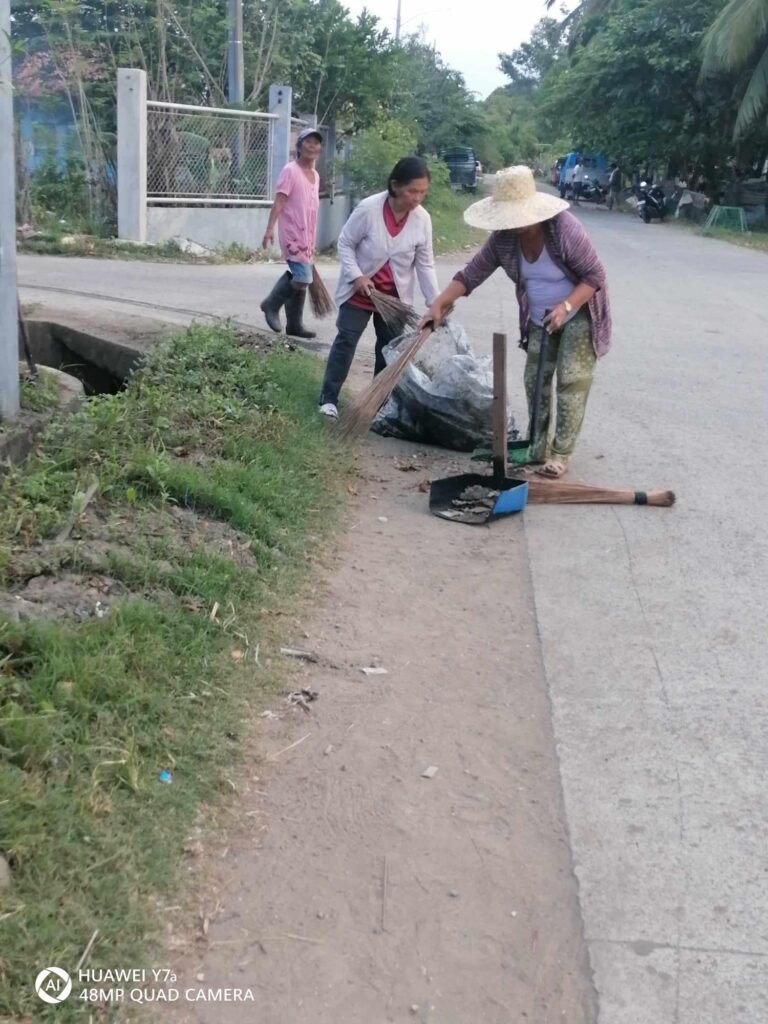
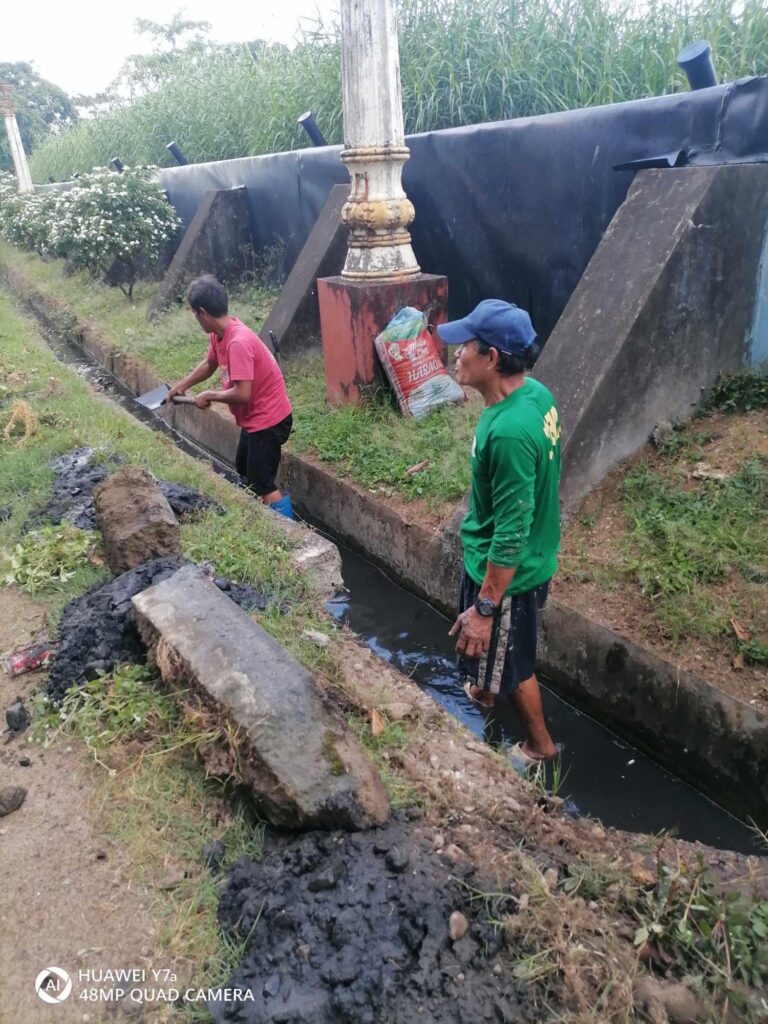
The Sanitary Landfill of Bayawan
Bayawan’s flagship facility is its sanitary landfill, officially known as the Bayawan City Waste Management and Ecology Center. This was developed in response to the Ecological Solid Waste Management Act of 2000 (RA 9003) which includes: A clay lined landfill with multiple cells (only one in use, with three more reserved for future use that is projected to last 30 years), materials recovery facility (MRF) for recyclables, a composting plant for biodegradable waste, a composting plant for biodegradable waste, a septage and leachate treatment facility to manage wastewater and sludge from the landfill.
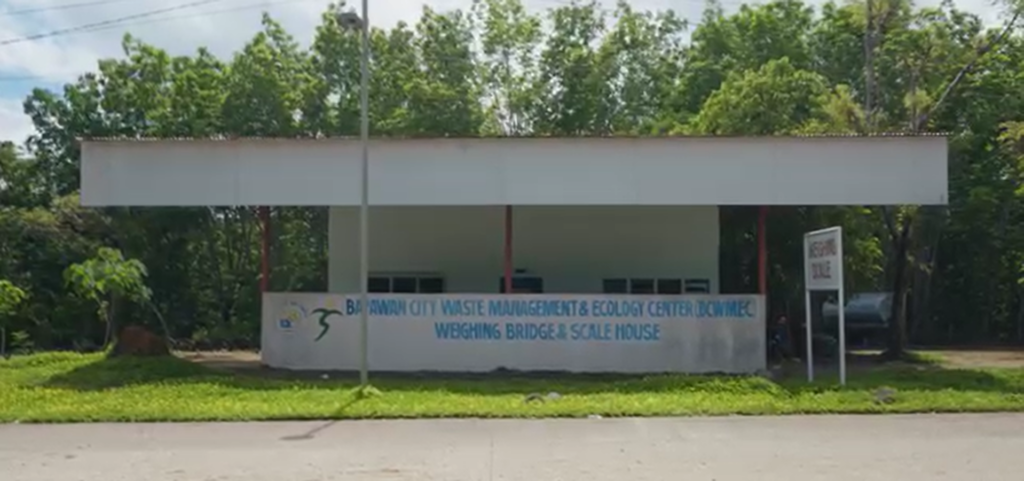
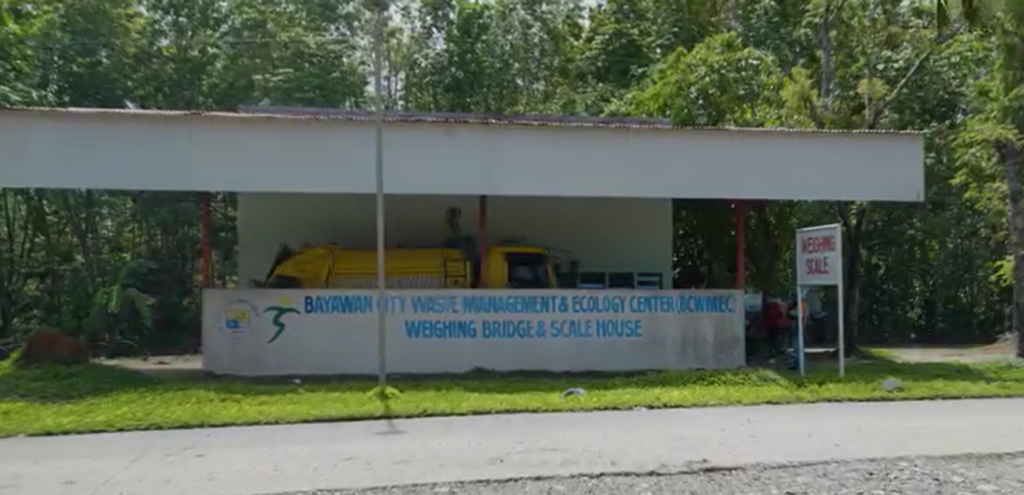
Involving the Community
Waste management has always been a problem that has affected not only Bayawan City, but throughout the Philippines. With the passage of the Ecological Solid waste Management Act of 2000 (RA 9003), which required all local government units (LGUs) to create and implement solid waste management plans. And Bayawan responded by establishing a waste segregation system and building a sanitary landfill that met national standards. The growing waste volumes have reached 25 tons of garbage daily and was recognized with the risks of unmanaged landfills to public health and the environment.
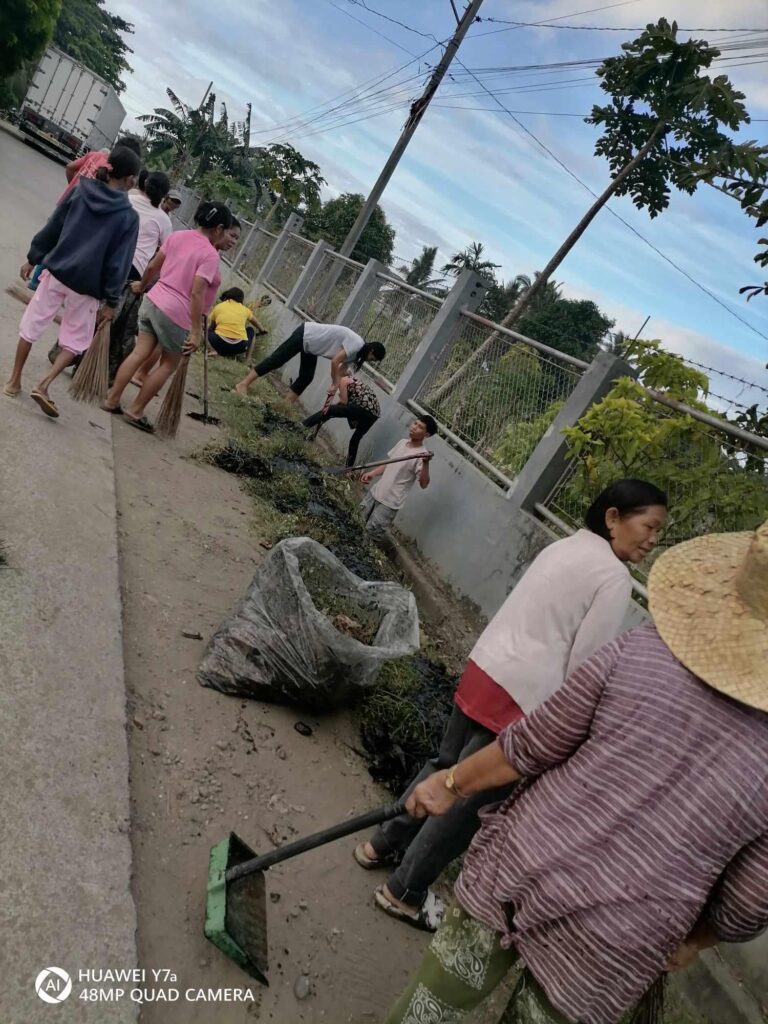
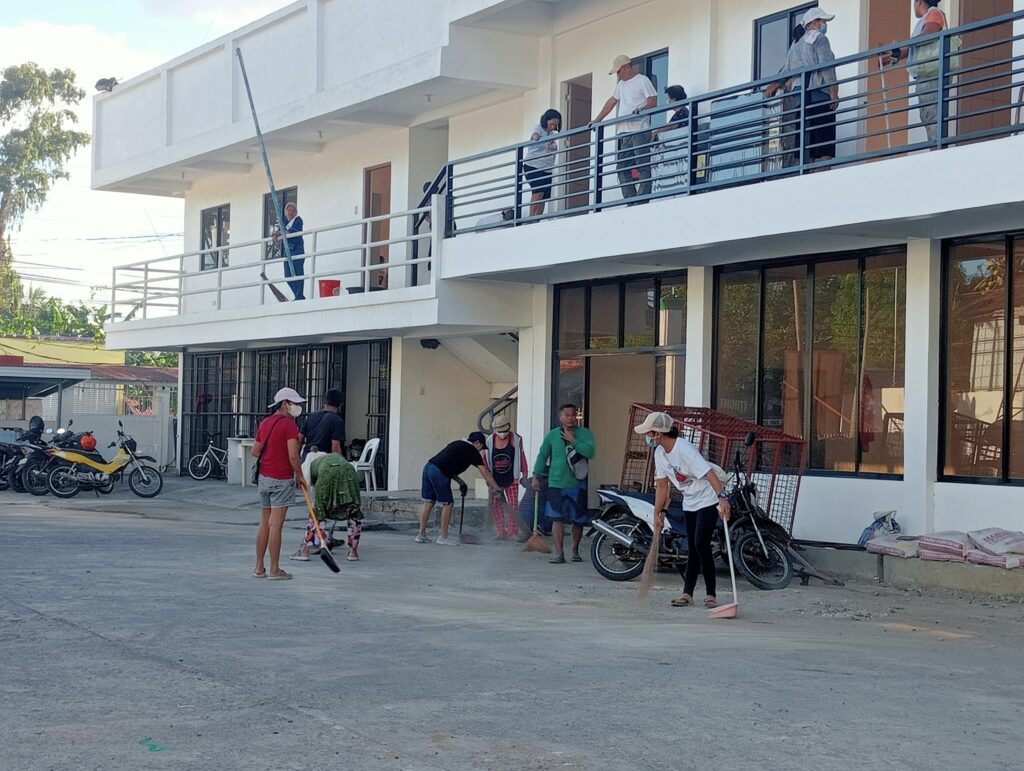
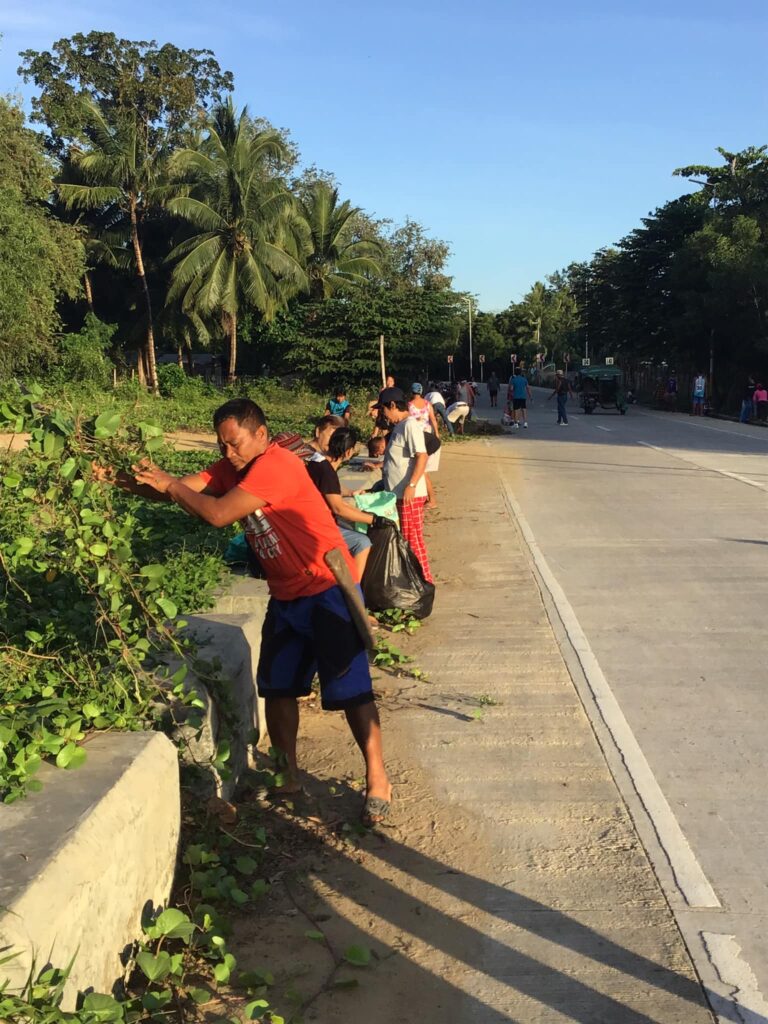
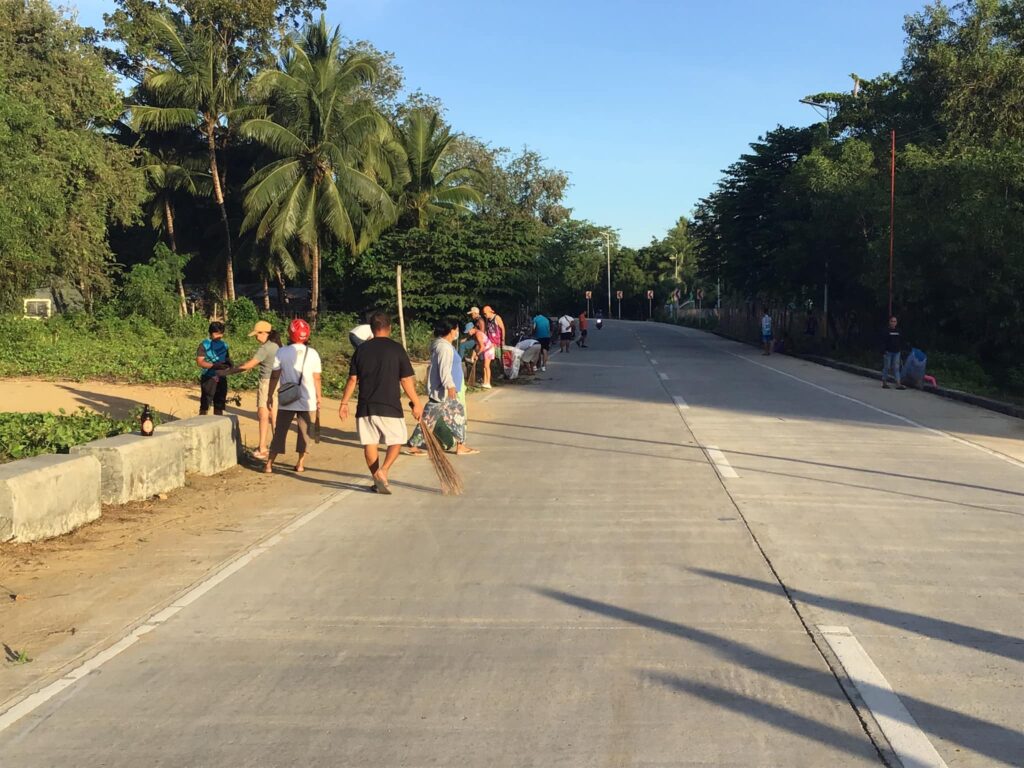
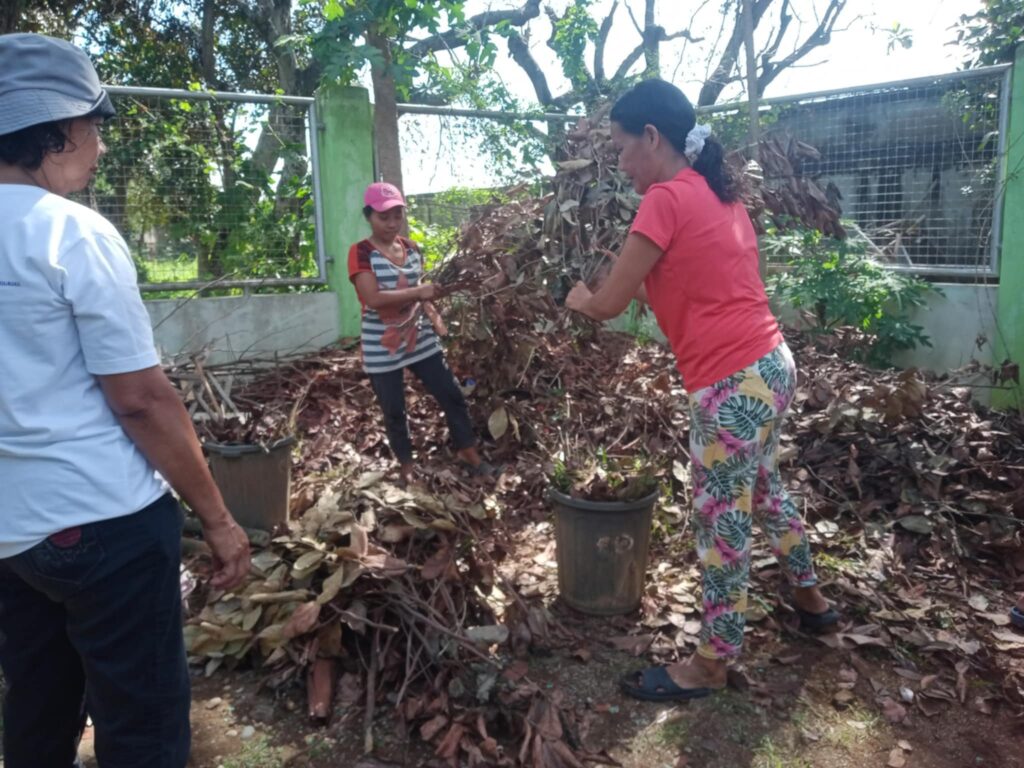

When planning for the new systems, the locals drew into their tradition of bayanihan, which inspired other inhabitants to participate in garbage management and environmental education. Through information, education, and communication (IEC). They were able to gradually establish a culture of discipline and sustainability through their initiatives.
Neighboring Impact
With their action to improve their waste management, the facility has been recognized by the DENR’s Environmental Management Bureau as a model for solid waste disposal in Central Visayas. As it is known, the facility has become a study site for LGUs and academic institutions nationwide.
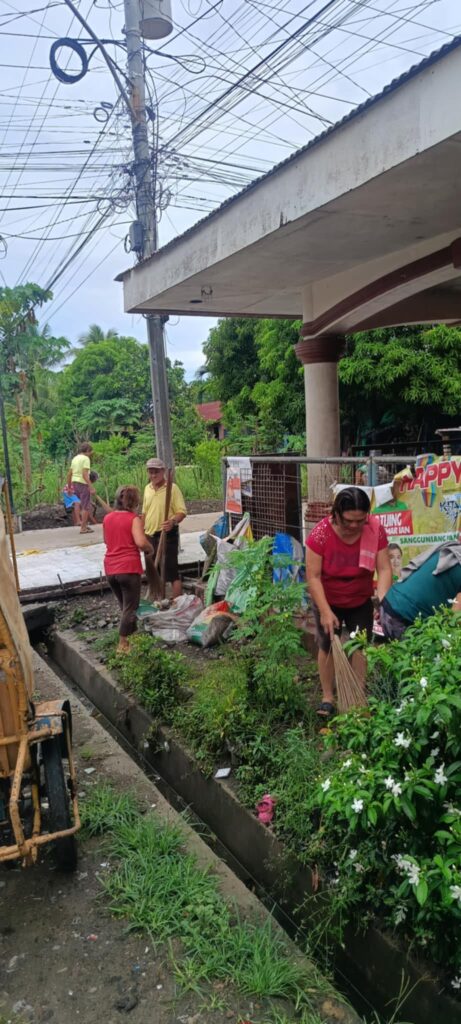
With it being able to accommodate the community, its capacity even has room for neighboring LGU’s and even private companies. They accept waste from at least 10 other LGU’s.
- LGU’s: Dumaguete, Sibulan, Valencia, Mabinay, Basay, Sta. Catalina, Zamboanguita, Dauin, BAcing, and San Jose.
- Private Firms: Energy Development Corp. and Ajinamoto
- Tipping Fee: P1,000 per ton of garbage.
They even enforce a strict garbage collection schedule and segregation system:
- The Biodegradable (Malata): Collected on MWF in urban areas
- Non-Biodegradable (Dili Malata): Are to be collected on Tuesdays and Saturdays
- Special wastes: Are to be collected monthly in designated barangays
Special note: Residents are required to label their waste with stickers that costs P2 each to ensure proper sorting and collection.


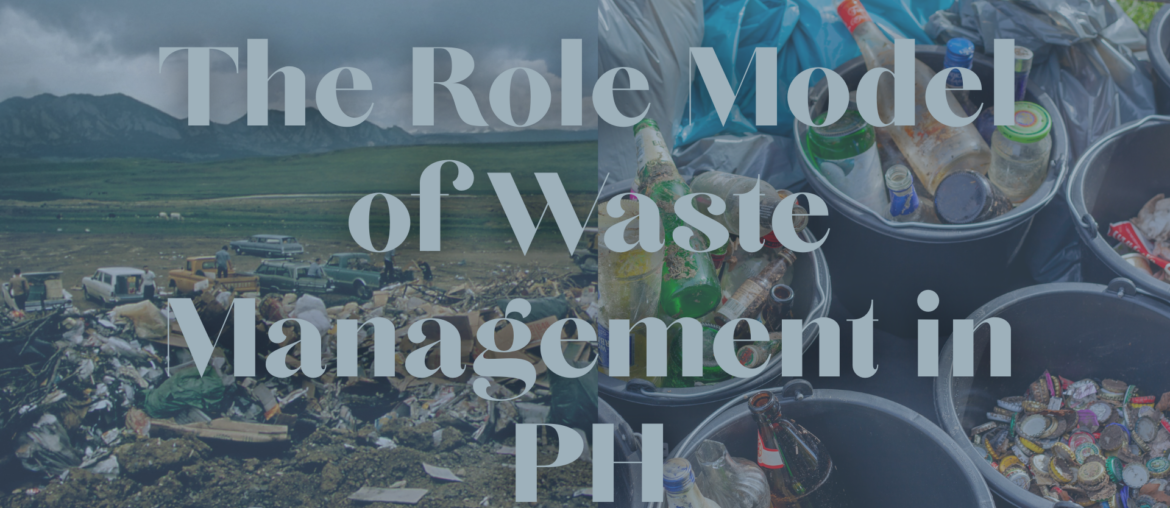
1 Comment
How do we get other areas involved in cleaning up? I live in La Carlota and the garbage here is disgraceful. People need to learn to show respect for where they live.
Help me to get involved.